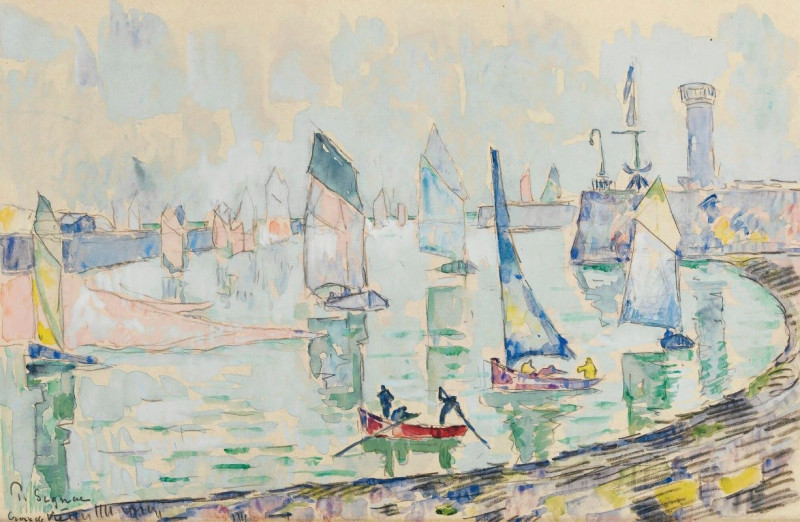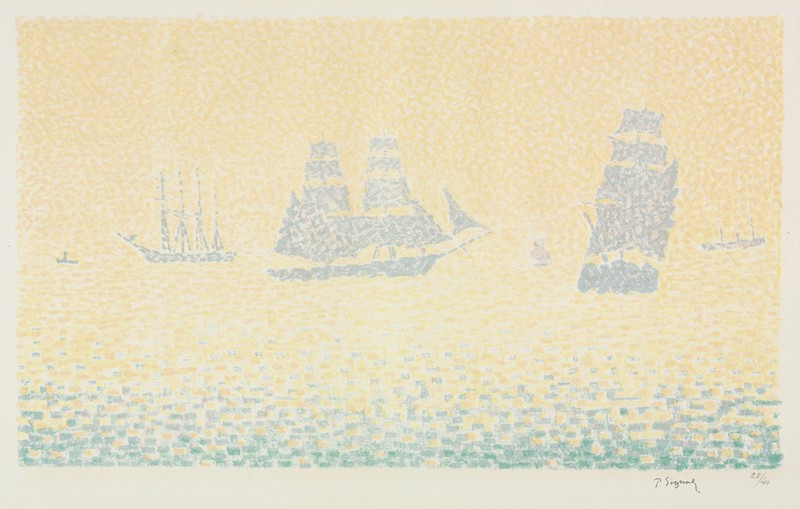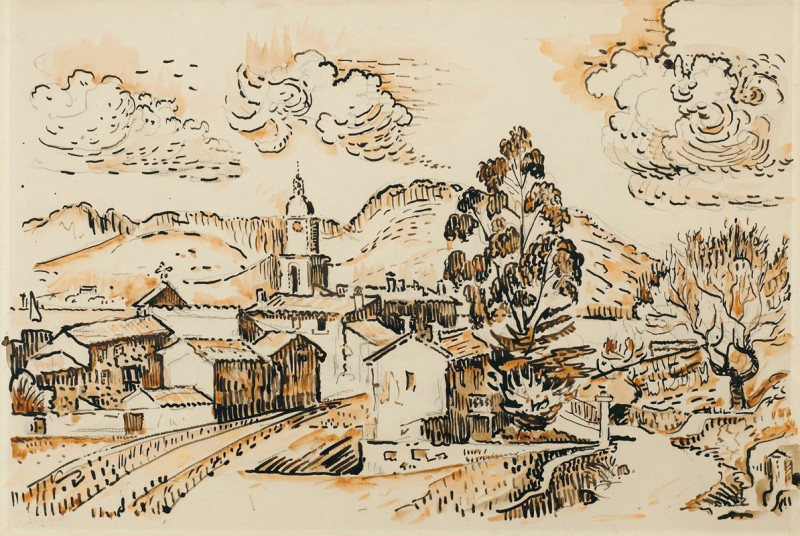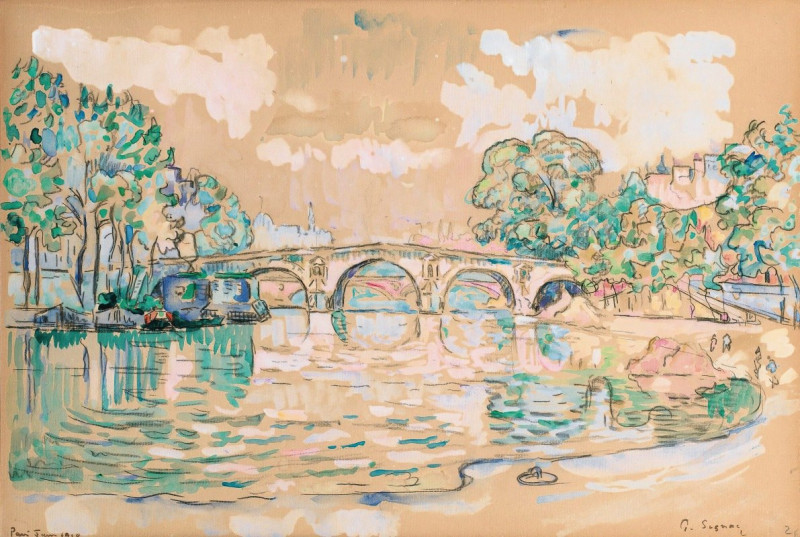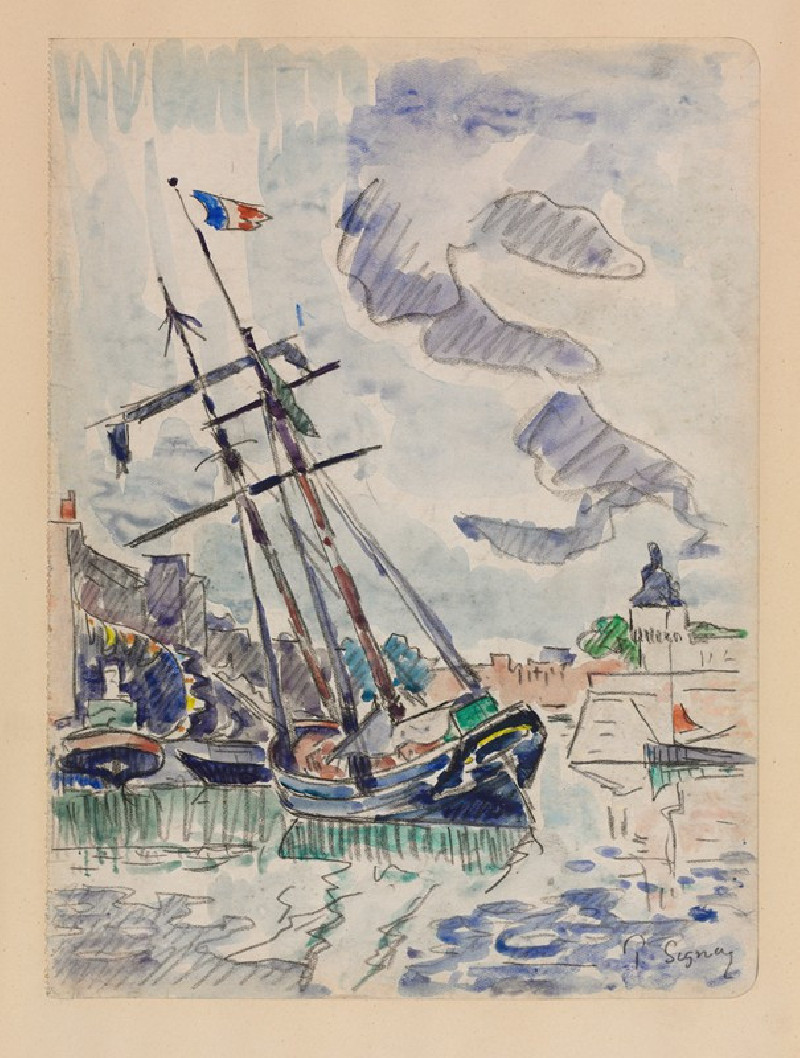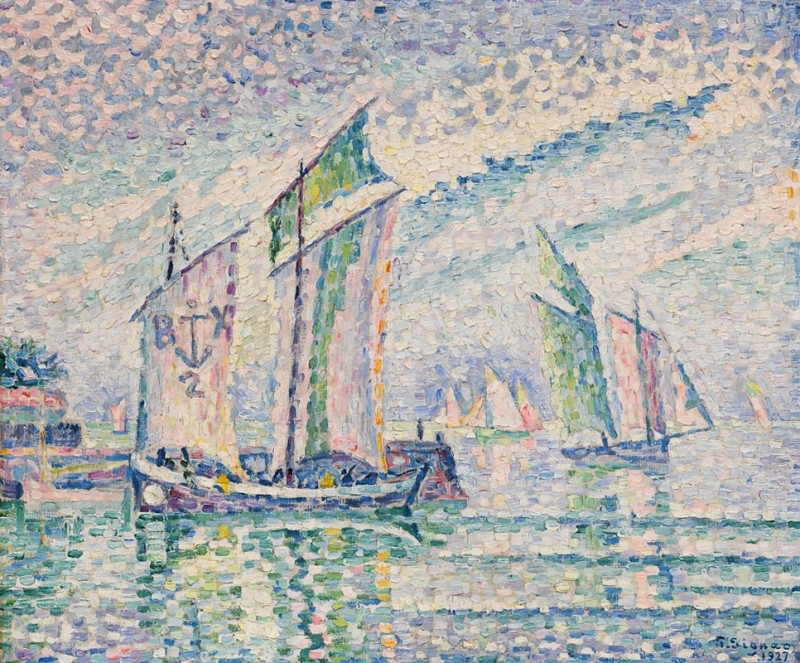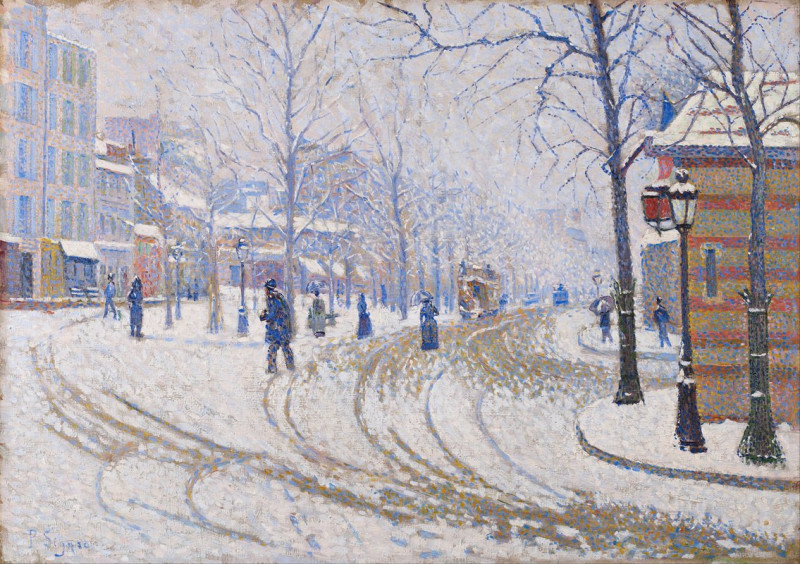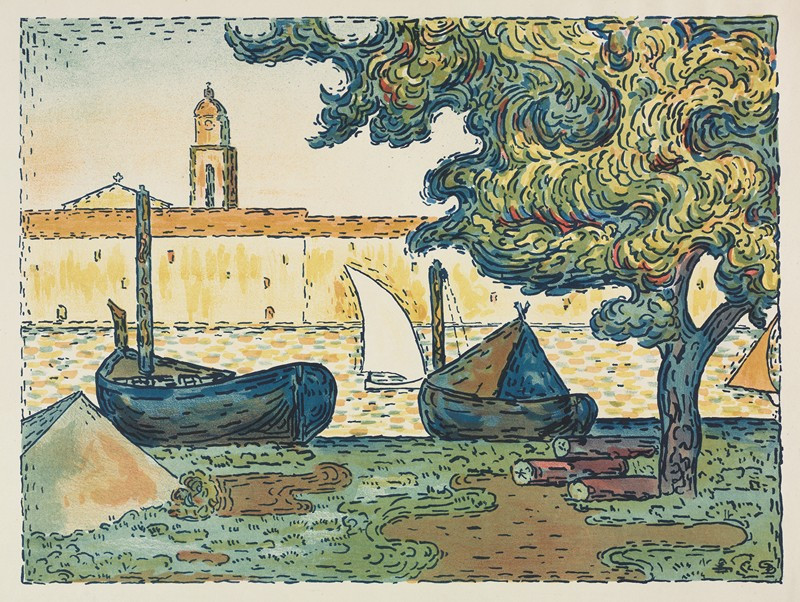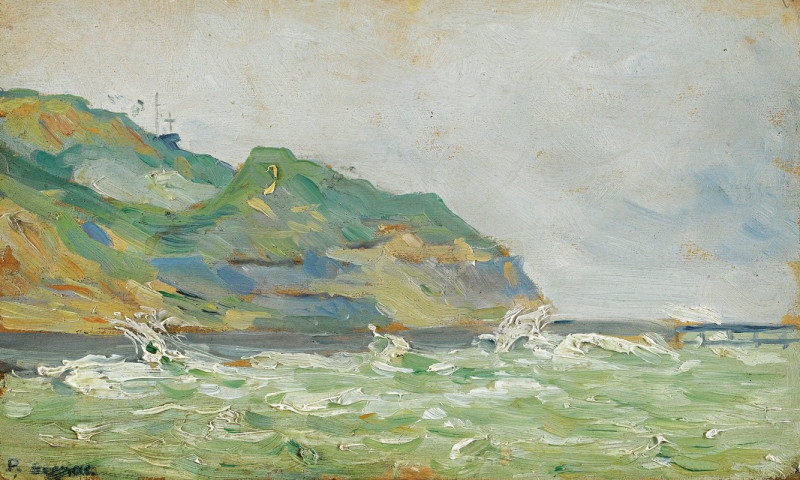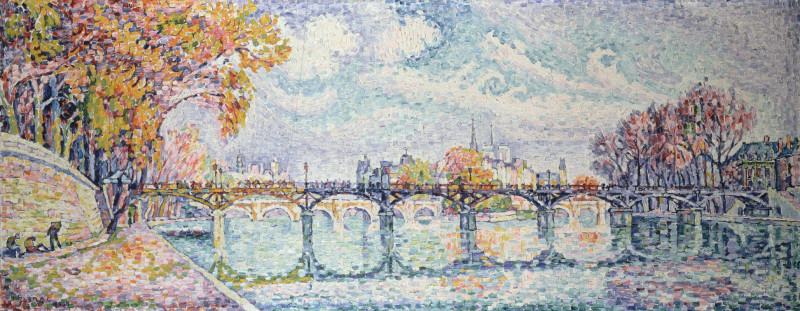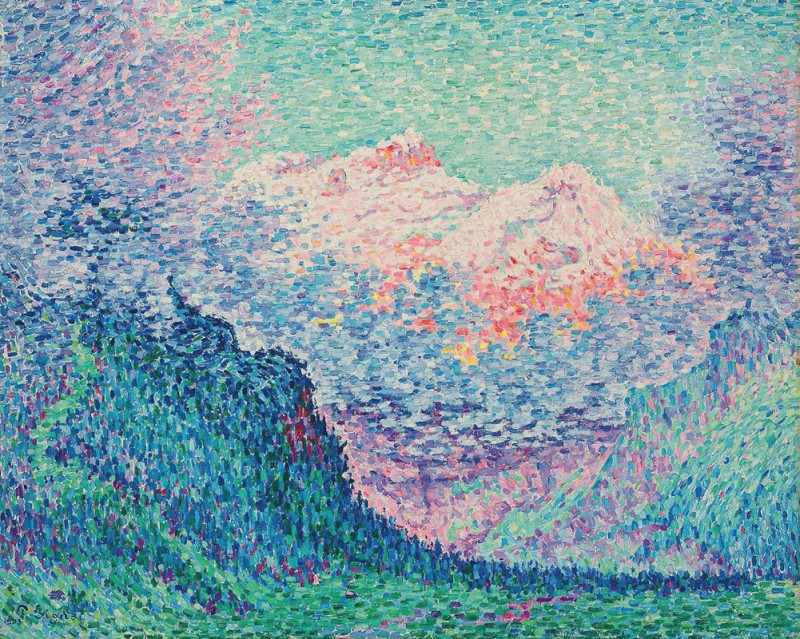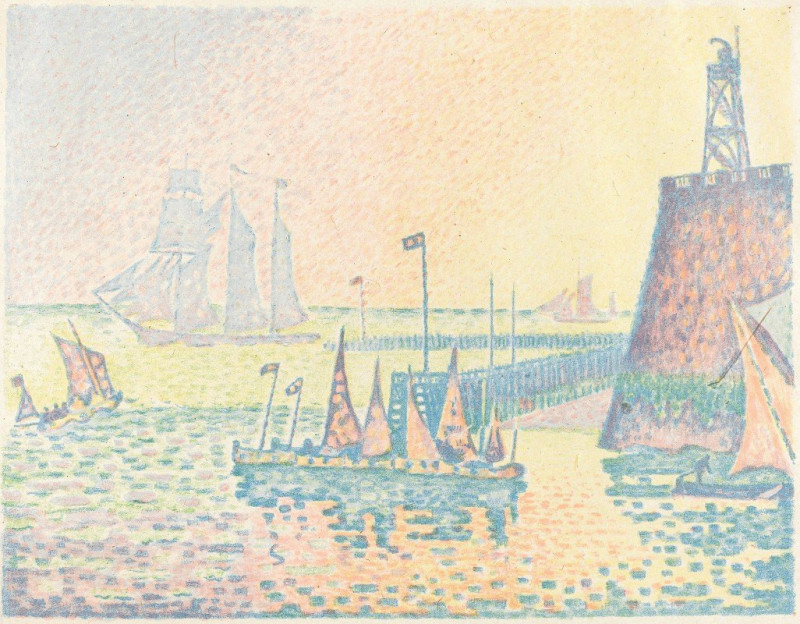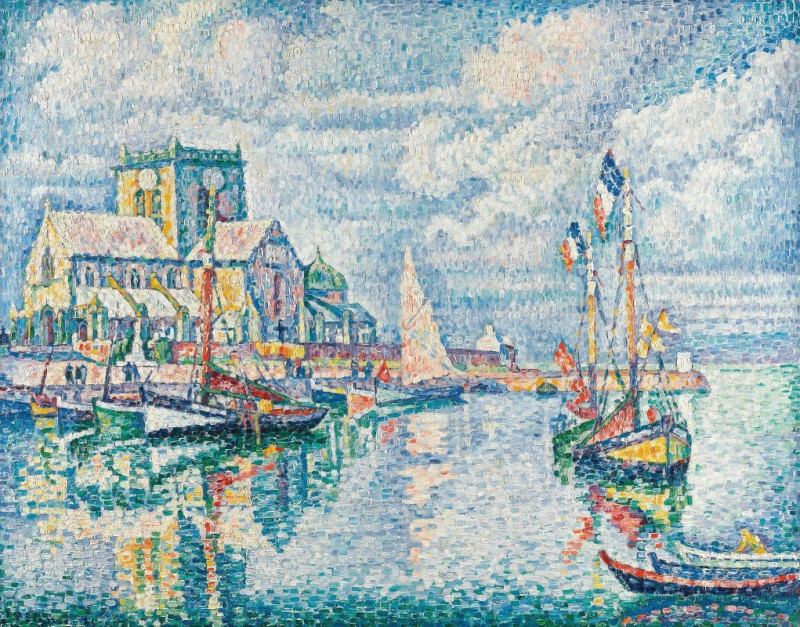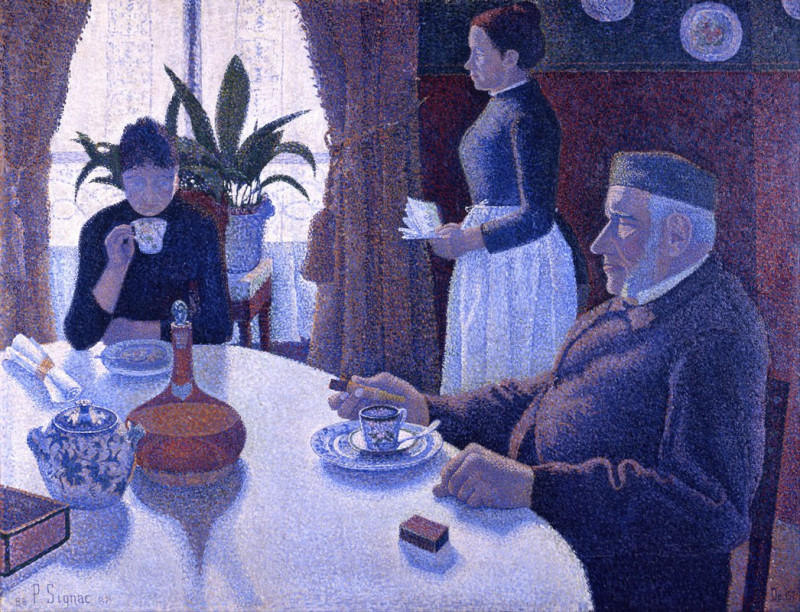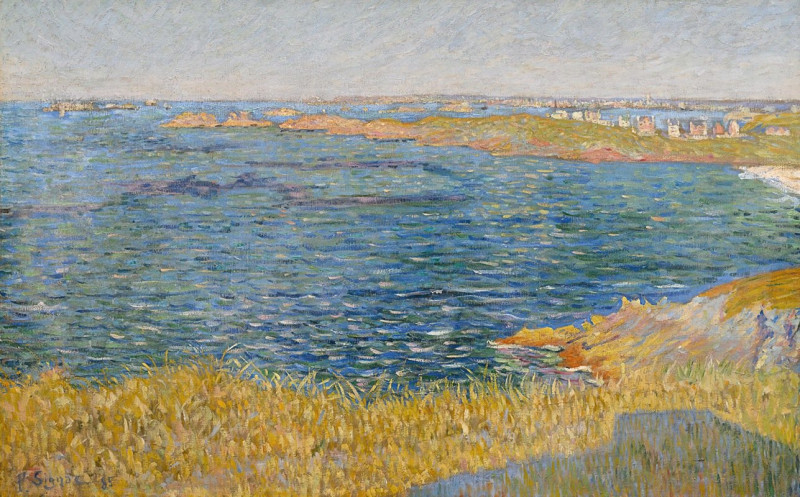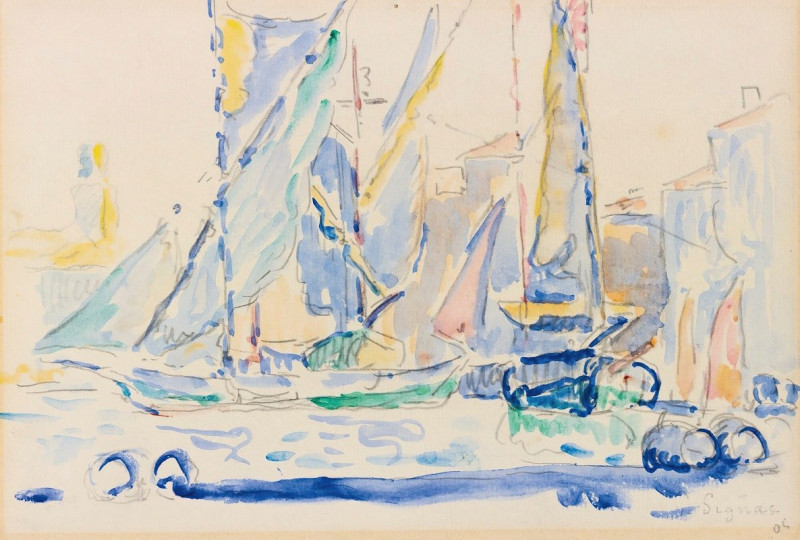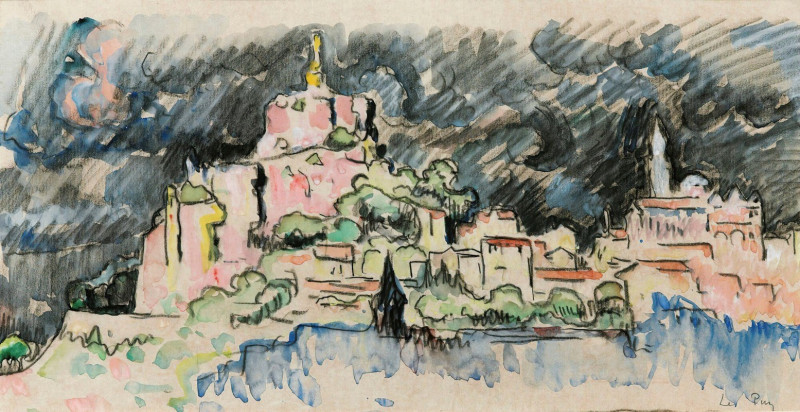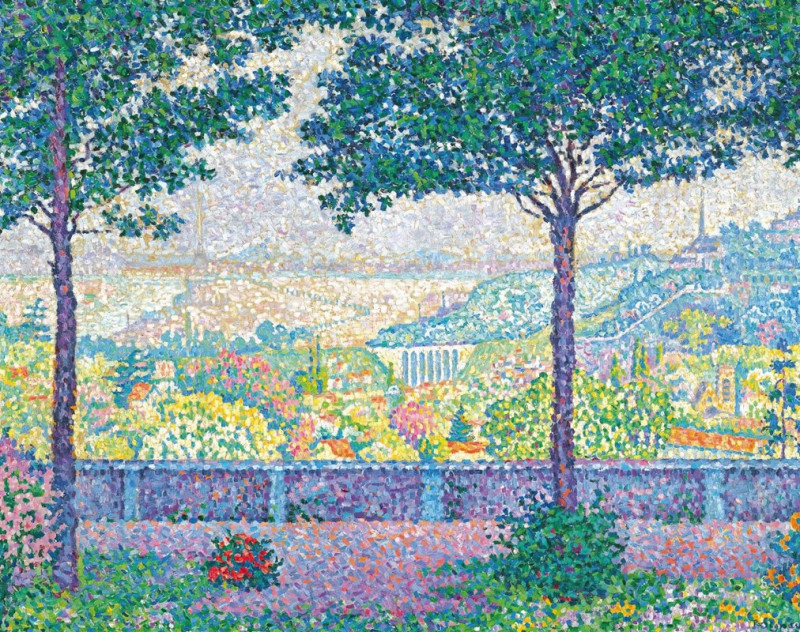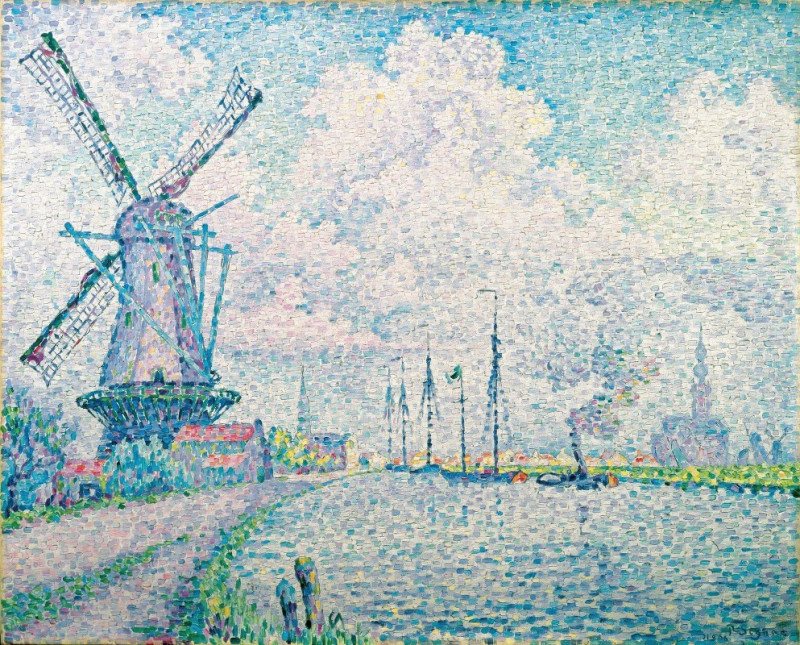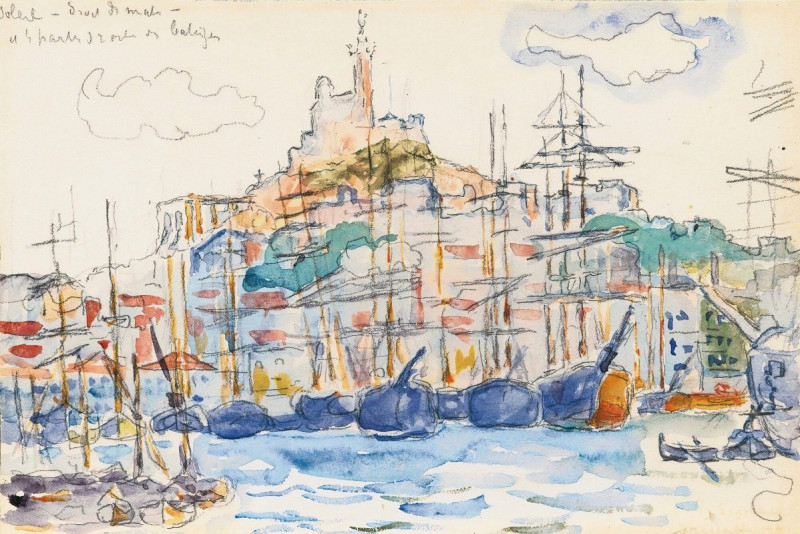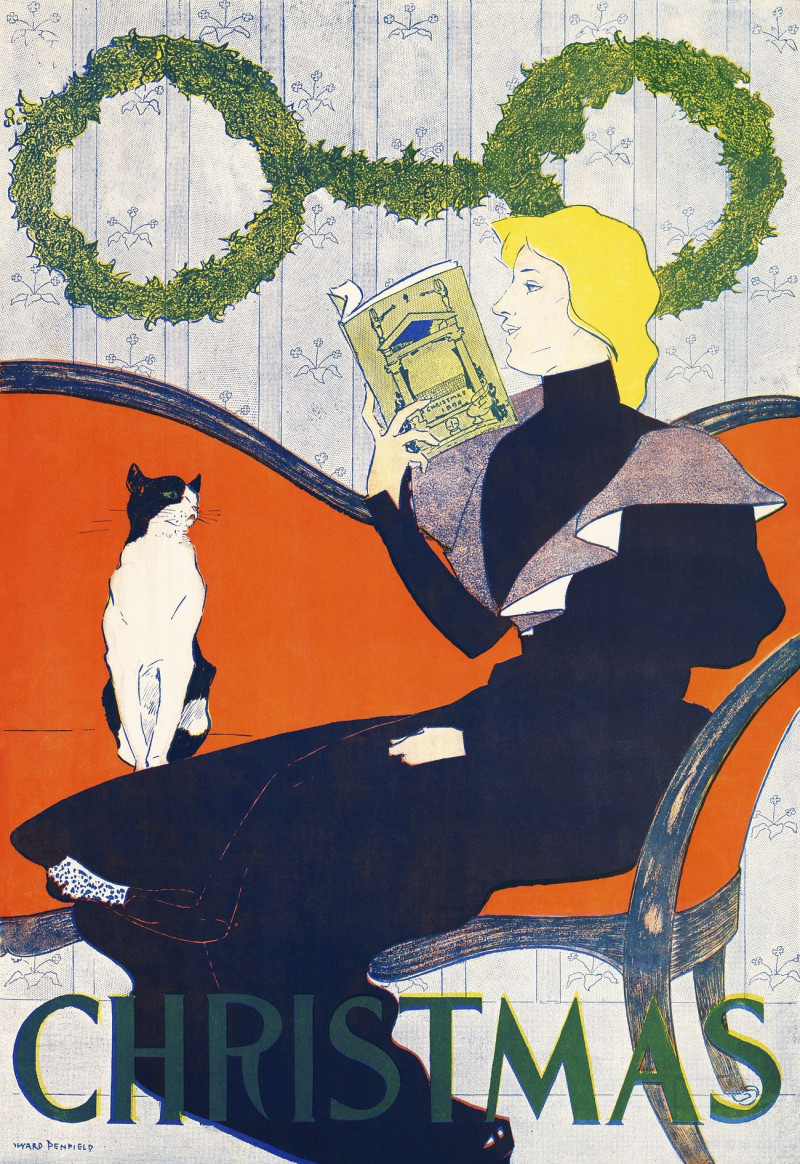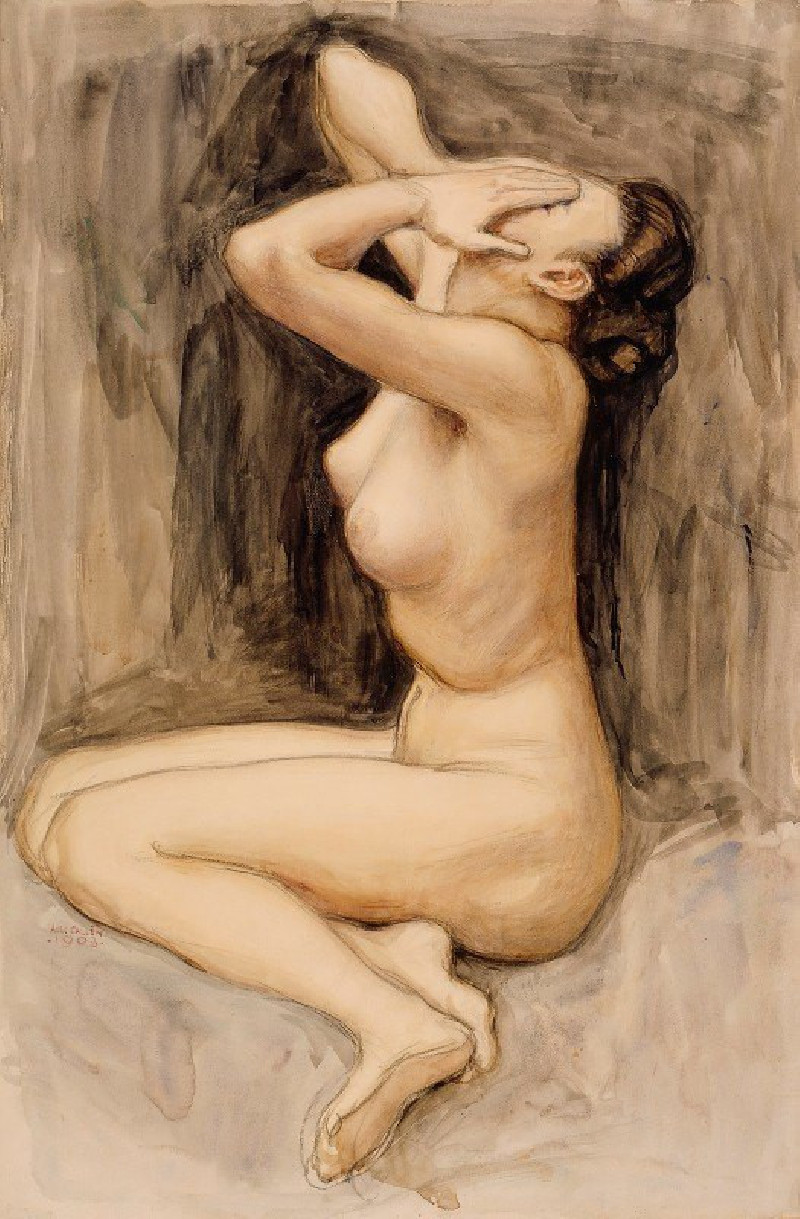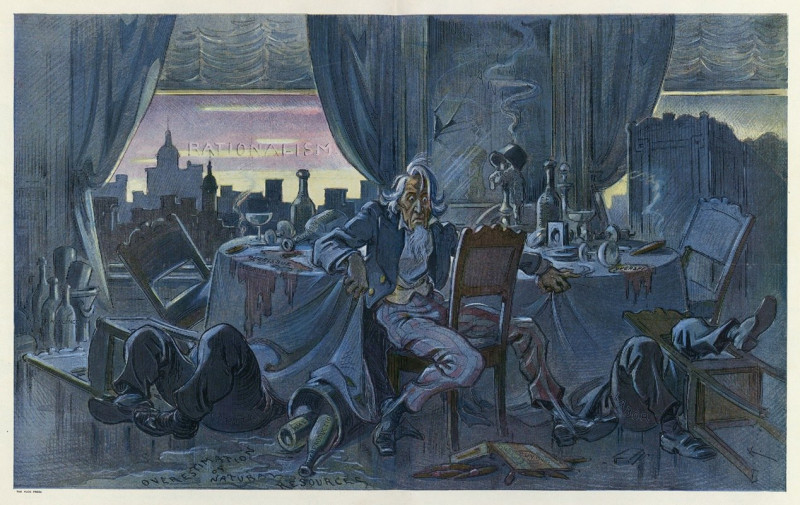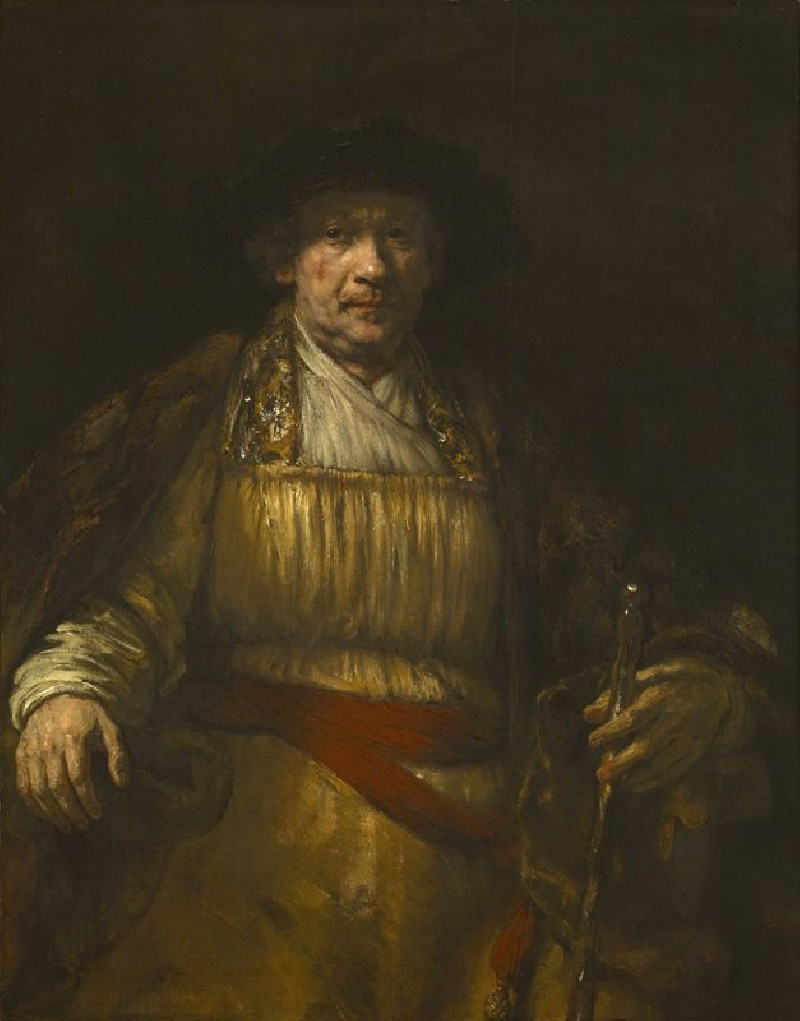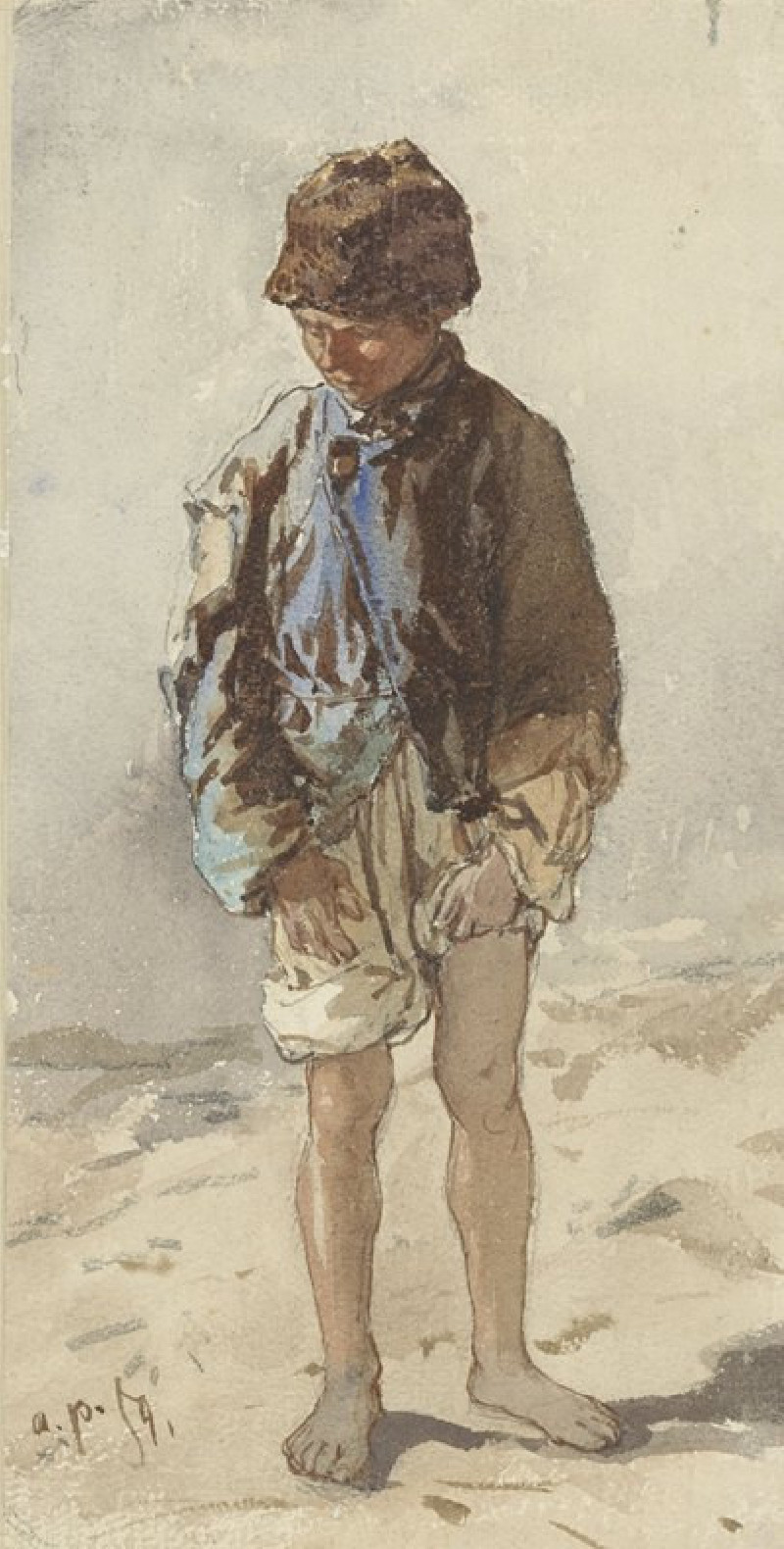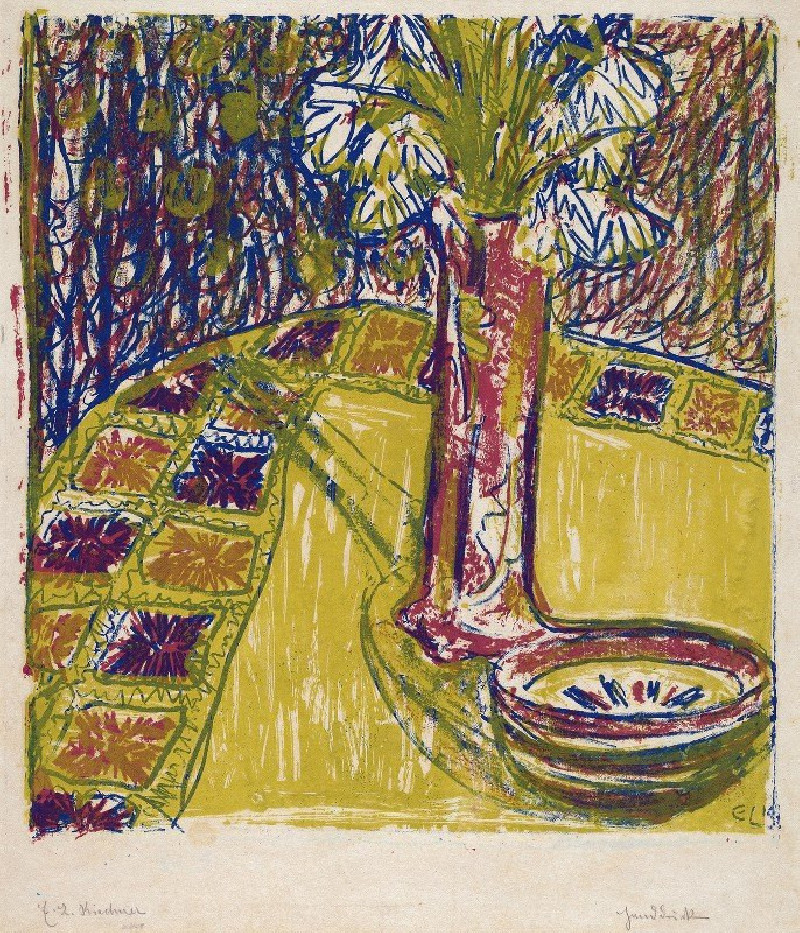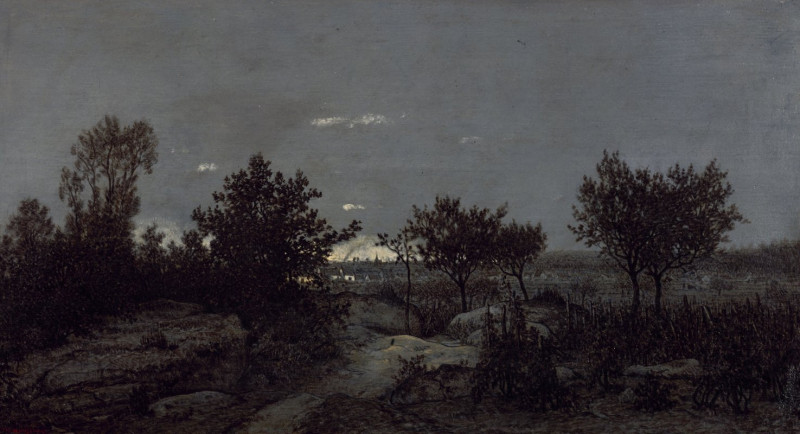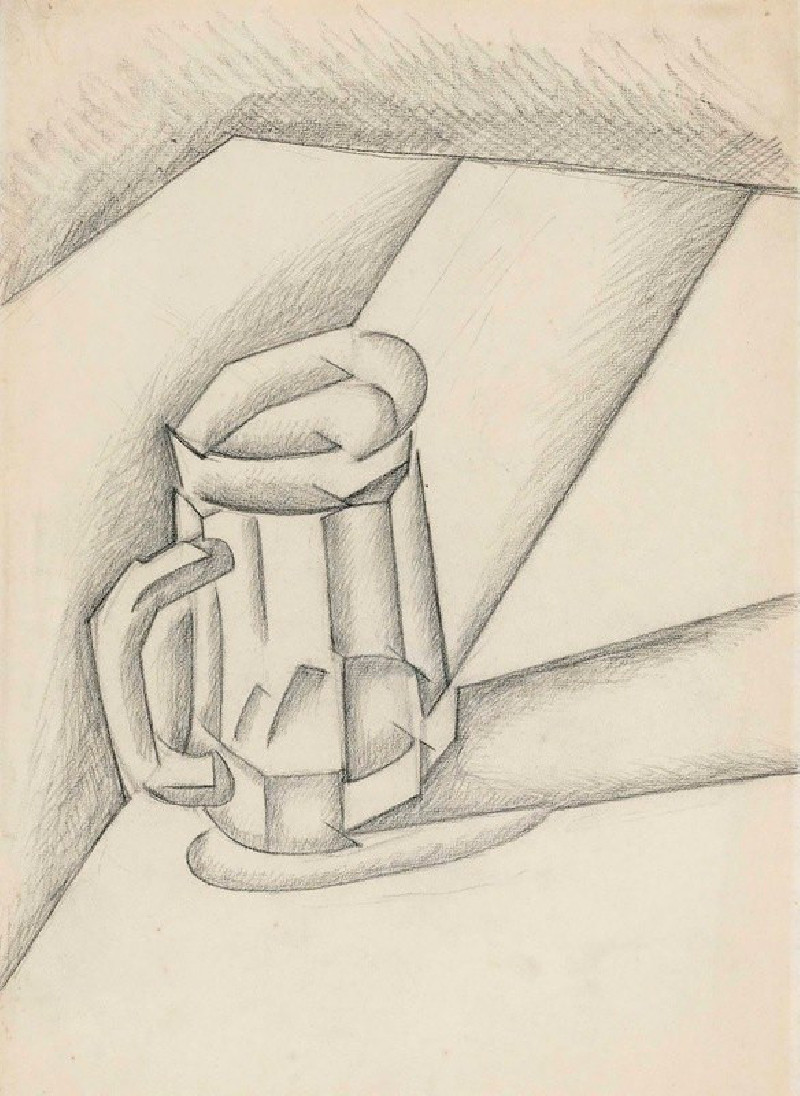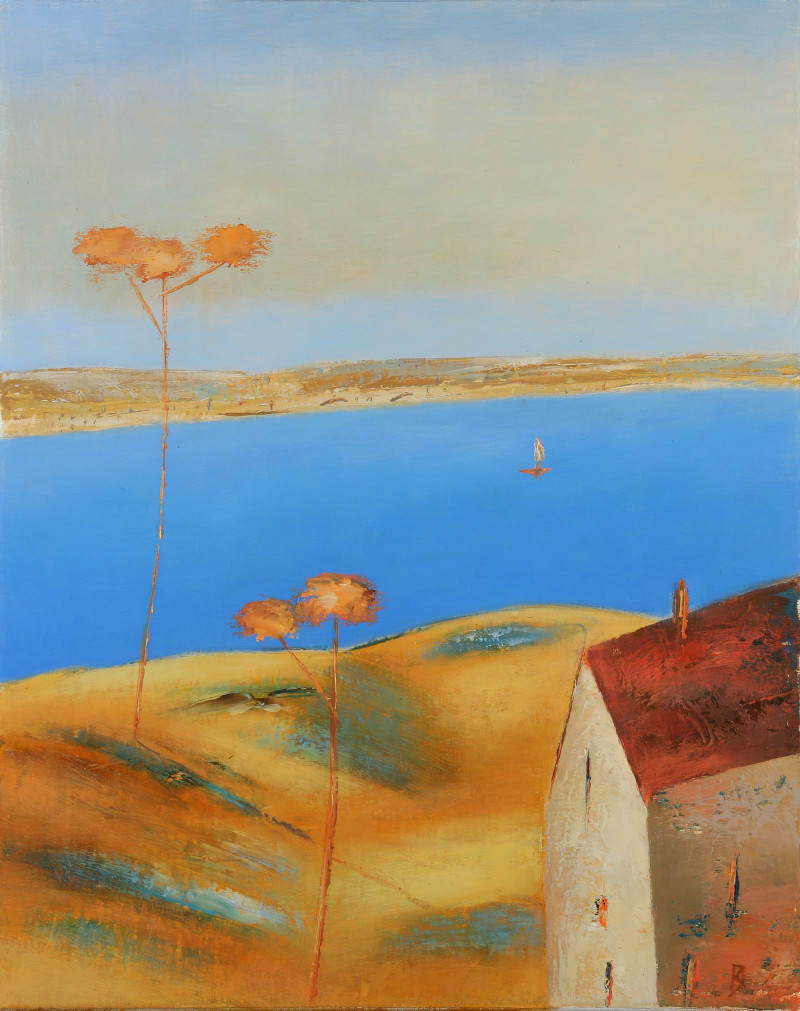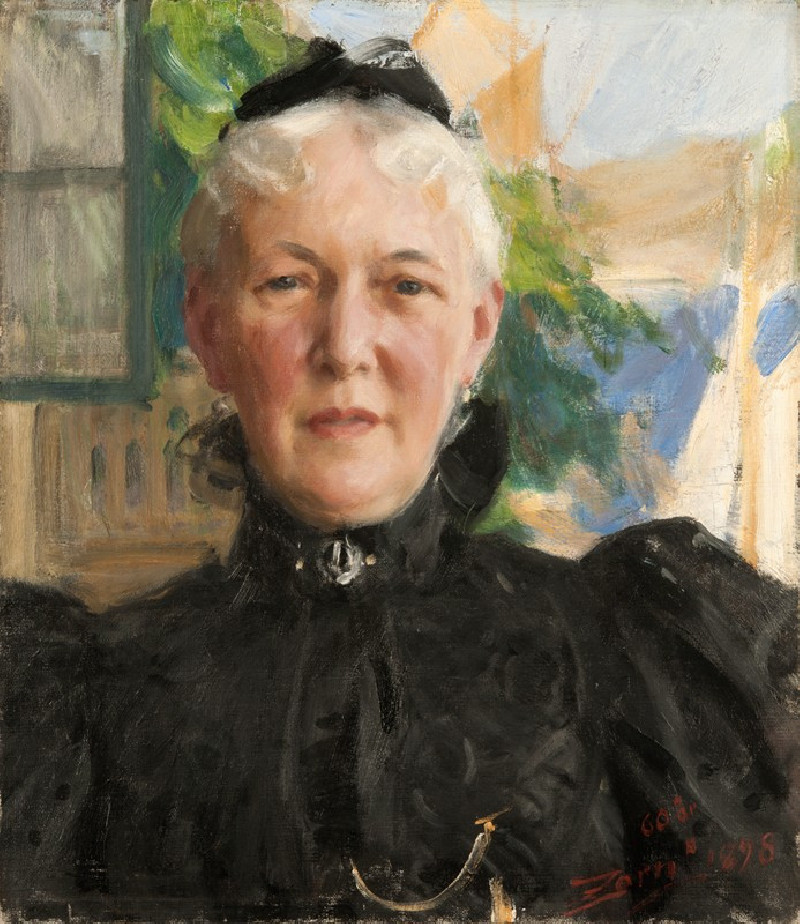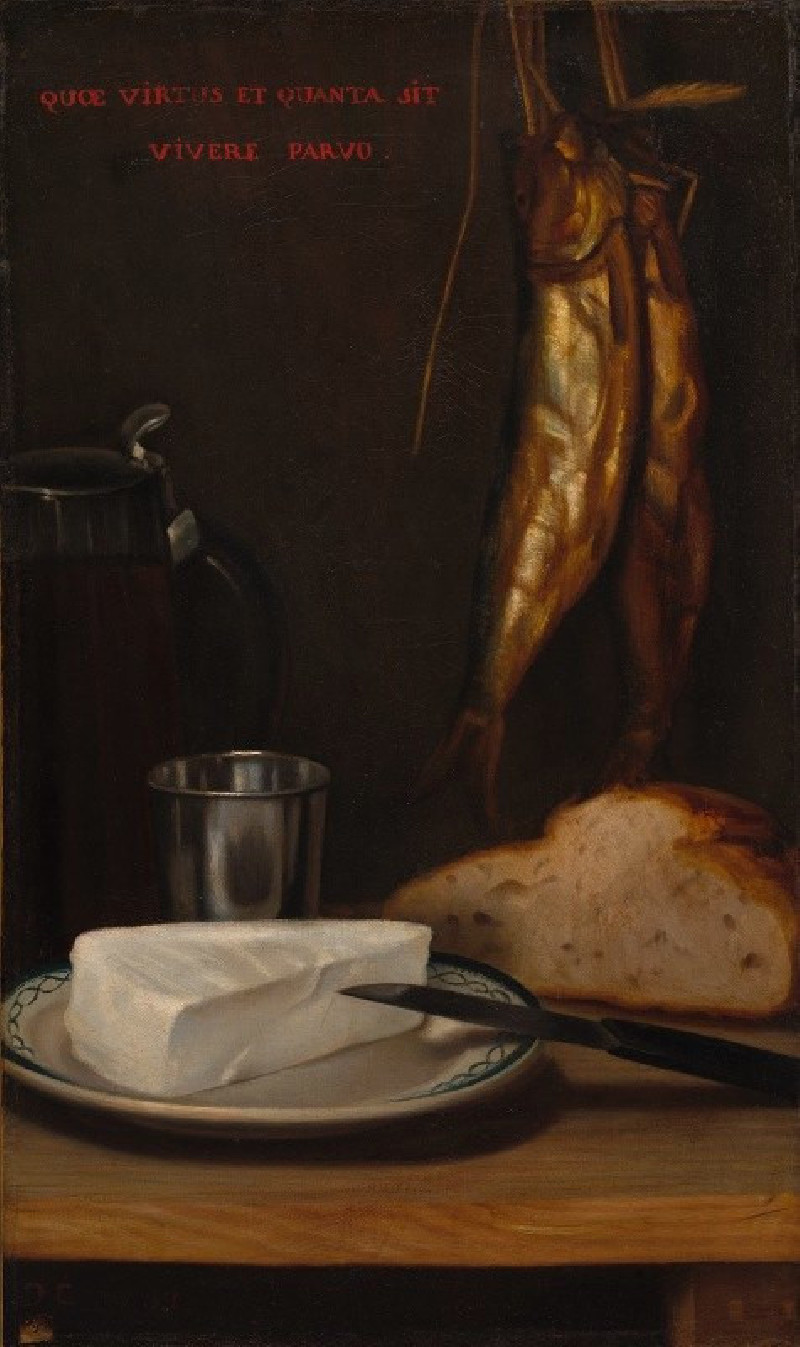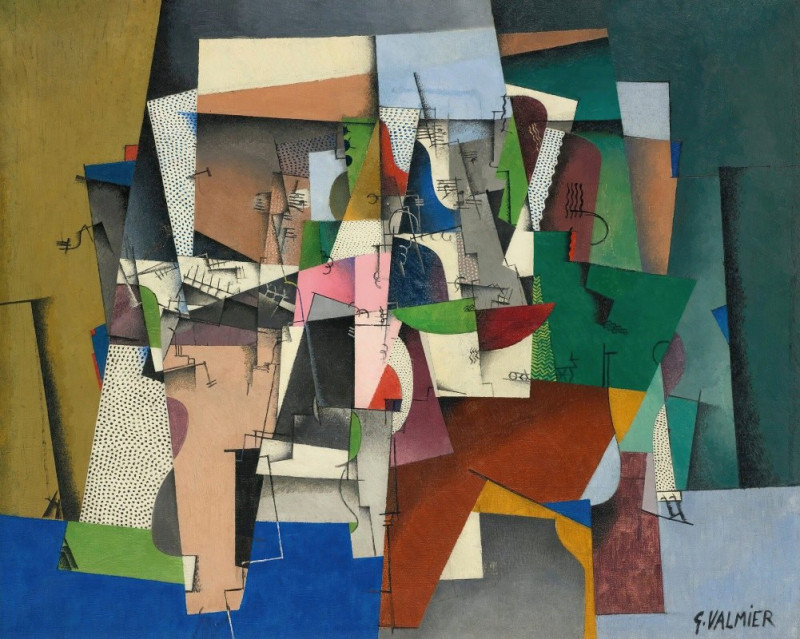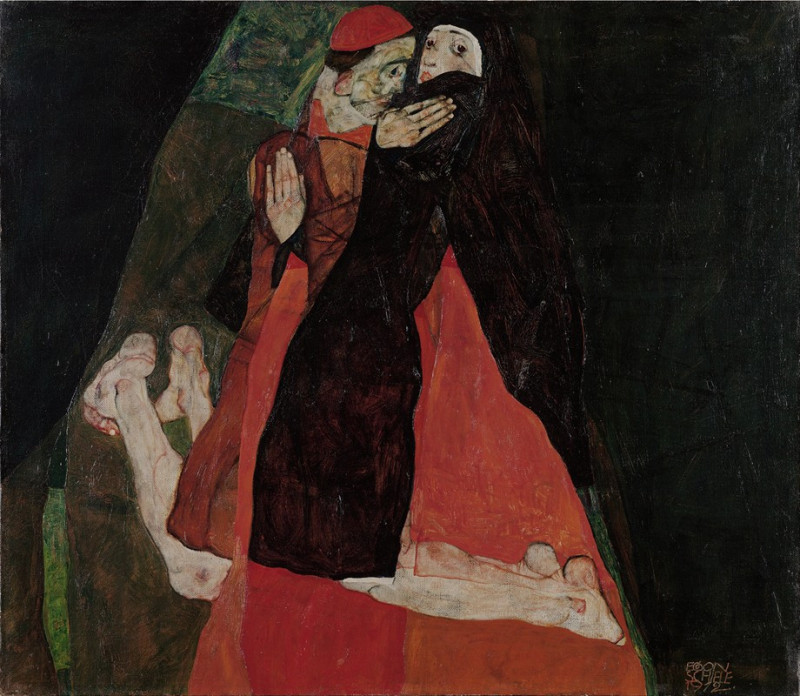Saint-Gilles Croix-De-Vie (1925)
Technique: Giclée quality print
Recommended by our customers
More about this artwork
We invite you to immerse yourself in the serene beauty of "Saint-Gilles Croix-De-Vie," a captivating watercolor and pencil work created by Paul Signac in 1925. This exquisite representation offers a vivid glimpse into the picturesque maritime vista of the small French fishing port of Saint-Gilles-Croix-de-Vie.Employing a lively palette and loose, flowing strokes, Signac wonderfully captures the essence of the tranquil harbor. The composition centers around the gentle curve of the waterfront, scattered with colorful boats, their masts punctuating the sky, and gentle reflections dancing on the shimmering water's surface. The background features loosely defined coastal buildings, their soft contours blending seamlessly with the sky, creating an almost ethereal quality.This painting is a testament to Signac's mastery in portraying light and color, emphasizing themes of calm and harmony. The subtle interplay of colors and form invites viewers to a peaceful, contemplative journey through a quaint coastal setting that feels both timeless and serene.
Delivery
Returns
Paul Signac (1863-1935) was a French Neo-Impressionist painter. Together with Georges Seurat, Signac developed the Pointillism style. He was a passionate sailor, bringing back watercolor sketches of ports and nature from his travels, then turning them into large studio canvases with mosaic-like squares of color. He abandoned the short brushstrokes and intuitive dabs of color of the impressionists for a more exact scientific approach to applying dots with the intention to combine and blend not on the canvas, but in the viewer's eye.

